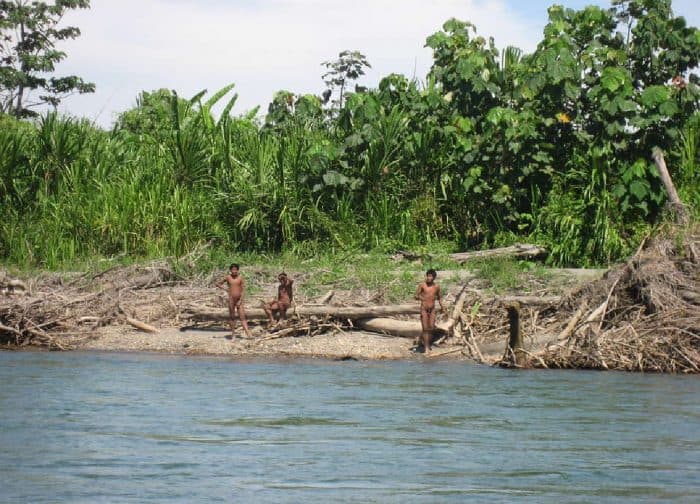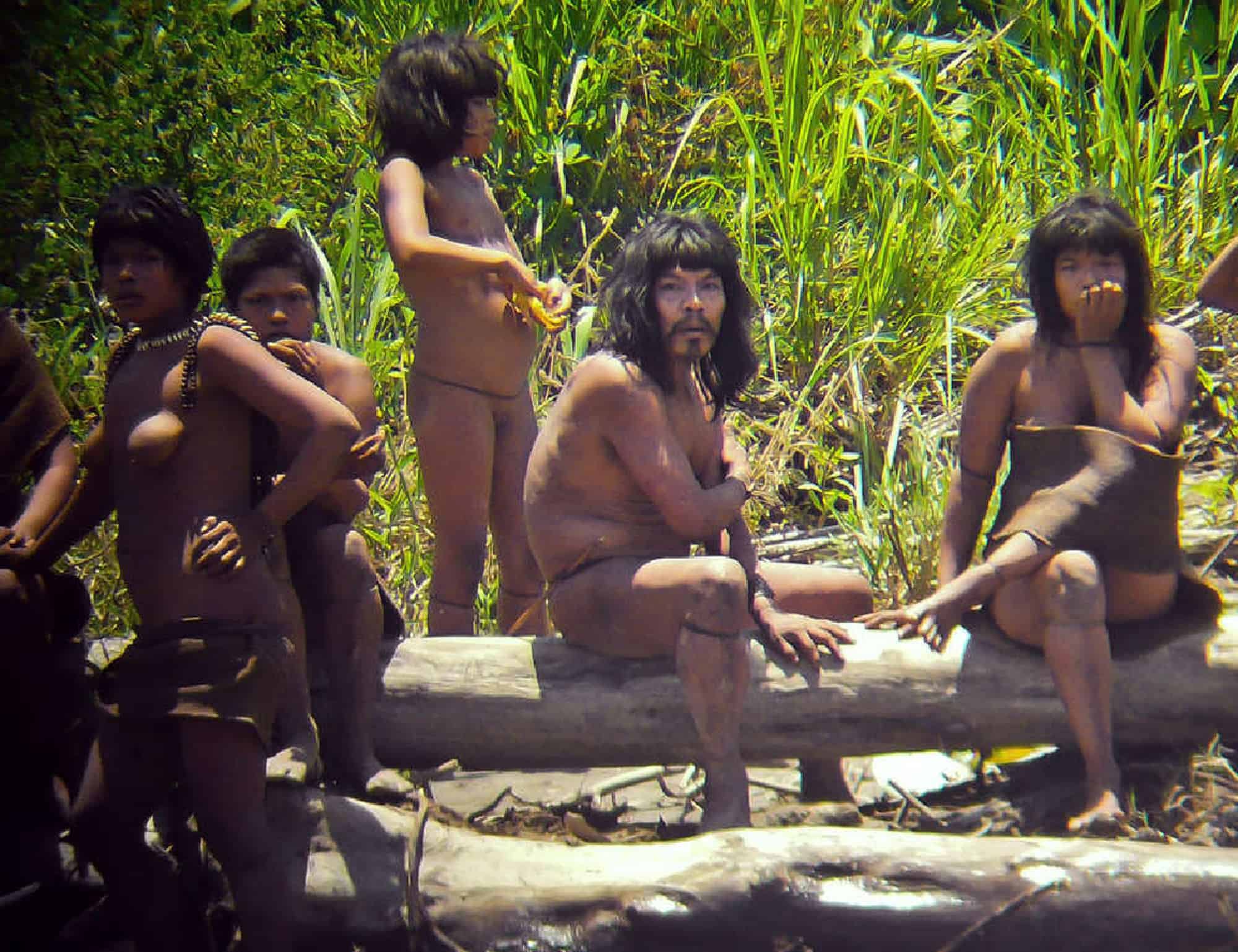It may be difficult to believe in this age of global connectivity and instant communications, but dozens of indigenous tribes are still living in almost complete isolation from the rest of the world in the depths of the Amazon rainforest.
While these so-called “uncontacted tribes” have experienced violent encounters with the outside world, they have managed to maintain a way of life that is almost entirely independent from our industrial economy. Everything they need to survive and multiply — food, shelter, water, clothing, medicine — comes from the forest, as long as it remains intact and unspoiled. The tribes are, in effect, the final holdouts from the global village.
Brazil hosts the largest number of uncontacted tribes of any country in the world. Its Department of Isolated Indians, which enforces an extraordinary “no contact” policy to protect the tribes, has confirmed the existence of 27 such groups, and there may be as many as 40 others. Peru comes in second with 14 or 15 isolated tribes. Ecuador, Bolivia, Colombia and Venezuela each have a small number. Nearly all such groups are believed to be the descendants of survivors of massacres, epidemics and slaving raids from centuries past, who scattered into the deepest redoubts of the Amazon and continue to shun contact with the outside world.
But in recent months some of the tribes have begun to emerge. One group in particular, the Mashco-Piro of Peru, has turned up repeatedly along river banks in the Madre de Dios region, begging for food from boat travelers. Their brazen appearances with bows and arrows have sown panic in some remote settlements, and they have ransacked others — making off with pans, clothing, machetes, even the occasional rifle, which they do not know how to use.
Speculation abounds as to why the groups are seeking contact now. Are the wildlife and fish they depend on for survival disappearing, as oil exploration crews and illegal loggers venture deeper into the forest? Have the Mashco-Piro simply developed a taste for goods they’ve acquired from theft or ill-advised attempts by settlers and missionaries to lure them from the jungle? Whatever the reason, the incidents are rife with danger — especially for the tribes, who remain as vulnerable to contagion by Western-borne diseases — such as flu, measles and tuberculosis — as the first natives encountered by Columbus more than five centuries ago.
The mounting tensions in Madre de Dios have prompted the Peruvian government to dispatch a team of experts to initiate “controlled contact” with the Mashco-Piro. Officials say the move is necessary to avoid a larger calamity, and they may be right in this instance; the Mashco-Piro are clearly seeking interaction with outsiders. But a pair of respected anthropologists, Kim Hill of Arizona State University and Rob Walker from the University of Missouri, are now arguing more broadly for Amazonian countries to reconsider their “no contact” policies, all loosely modeled on the approach pioneered by Brazil in the 1980s. Better to initiate this sort of controlled contact, they wrote recently in the journal Science, than to wait for more dangerous encounters at the hands of drug traffickers, lumberjacks, gold prospectors and others who represent the spearhead of the global economy’s seemingly inexorable advance into the far reaches of the jungle.

The problem with this position is that it ignores the messy realities that often attend even the most high-minded missions to make contact. For most of the 20th century, Brazil trained and dispatched teams of contact agents to carry out just such assignments. The results were nearly always catastrophic. Even when the contact teams included well-provisioned health workers, massive die-offs ensued. The casualties invariably included much of the tribes’ collective knowledge base, built up over millennia. Nearly every one of those deliberate first contacts opened a Pandora’s box of death and dislocation.
It was precisely for these reasons that Brazil’s cadre of contact agents, called sertanistas, pushed for a radical change in policy. Rather than forcing contact on isolated tribes, sertanistas would henceforth document their presence on the land, then protect it from incursions by outsiders. Despite its flaws, the system has worked. Not only does the policy recognize the inalienable right of the tribes to their territorial and cultural integrity; it’s also placed 50,000 square miles of virgin rainforest — an area nearly the size of New York state — beyond the reach of environmentally destructive development.
A comprehensive solution requires the mobilization of political will. Policing the Amazon is a huge undertaking that requires a commensurate commitment of resources and trained personnel. Erecting control posts at key choke points along rivers leading into lands of the isolated tribes can provide cheap but effective protection. Unfortunately, budgets for even these measures are often sacrificed on the altar of political expediency. We should encourage the countries that host isolated tribes to secure a future free of coercion and displacement for these most vulnerable human beings. And we would do well to monitor more closely the origins of the products we consume, lest we unwittingly hasten the demise of a living, irreplaceable treasure.
Wallace is author of “The Unconquered: In Search of the Amazon’s Last Uncontacted Tribes.”
© 2015, The Washington Post








